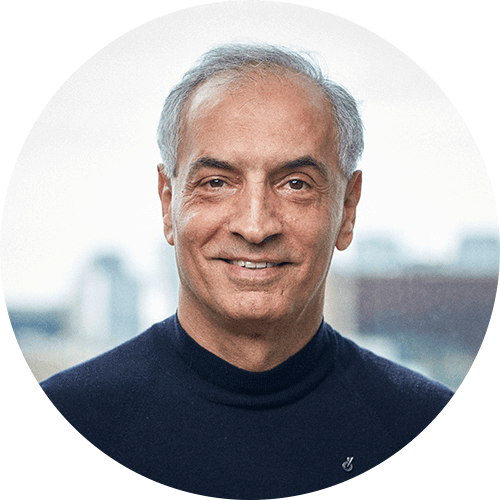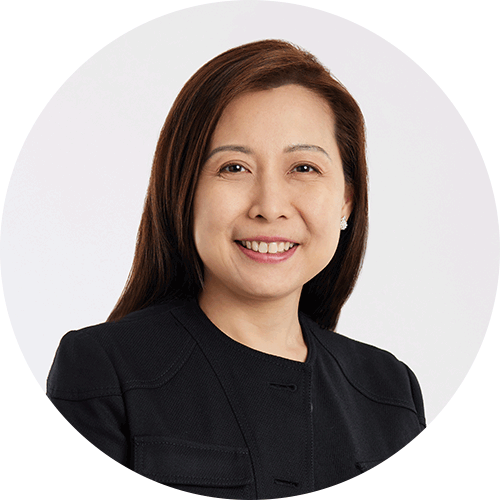Creating a Regenerative City

15 Jan 2024

2.30 pm – 4.00 pm, GMT+8

Zoom
The following lecture has ended.
Resources
Lecture Poster (PDF: 1.02 MB)
Lecture Video and Photos
Synopsis
The Centre for Liveable Cities and Ramboll are organising the Urban Lab Singapore
– the first of its kind in the region – which brings together thought leaders from the
public, private and academic sector in an innovative knowledge generation process
on regenerative urban development approaches. As a lead up to the Urban Lab,
this lecture will explore the transformative power of regenerative design in shaping
sustainable, resilient, and thriving urban spaces.
In this lecture, the speakers will:
- Introduce the key principles of regenerative design and how it can be applied
in urban planning;
- Explore innovative regenerative design strategies for various urban sectors,
with practical examples of how they can be applied and measured in a
Singapore-specific context;
- Share insights from the field of regenerative design.
Lecture Report
Introduction – Limits to the sustainable development concept
Ramboll’s Global Design Director, Dr. Hossein Rezai, shared that the journey toward sustainable development began globally with the publication of the Brundtland Report in 1987. However, atmospheric carbon dioxide has drastically increased to the current level above 400 ppm, with urban development believed to be a major driver for the increase in demands and consumption. If this trajectory continues, global warming may well exceed 4 degrees Celsius above pre-industrial levels. Even under the optimistic scenario where sustainable development policies could maintain or gradually decrease emissions from the current level, global warming may still reach 2.9 degrees. Therefore, the sustainable pathway is likely inadequate to limit global warming to the 1.5-degree target set out in the Paris Agreement.
Regenerative design goes beyond carbon emissions to consider nature as a partner, inter-generational equity and resource circularity
Regenerative design is seen by built environmental professionals as 'going beyond sustainability' to tackle issues at the root cause associated with chemical usage and construction waste. Dr. Rezai argued that despite the seemingly continuous improvement in performance, there is a leap from sustainability to a regenerative curve, which requires a mindset shift for the built environment sector to think beyond the site itself. This involves embracing complexity with a multiplicity of clients and interconnected scales, as well as taking a long-term approach to reverse the decline in biodiversity.
Ramboll’s Managing Director for Buildings, Mr. Søren Brøndum, highlighted that despite the focus on limiting global warming, regenerative design should not adopt carbon dioxide emissions as the only measure. Ramboll articulates regenerative design holistically in three principles: nature as a partner, seeking inspiration from nature and embedding nature-positive goals in development; future generations, taking a long-term view and striving for inter-generational equity; and everything as a nutrient, enhancing material circularity and viewing waste as a resource. Mr. Brøndum elaborated how Ramboll is developing practical tools and performance matrices to embed the regenerative design principles at the onset of the project.
Policies to encourage adaptive re-use and low-carbon materials in the built environment
Mr. Brøndum highlighted that at an urban scale, building practitioners must be supported by policies that push the boundaries of performance, from incentivising voluntary actions to regulating mandatory performance targets. He shared that new policies in the EU and UK provide guidance for nature-positive development through setting clear definitions for Biodiversity Net Gain (BNG) and requiring Embodied Ecological Impact (EEI) information in materials. In terms of decarbonisation in buildings, Denmark is taking the lead through regulating a whole-life carbon reduction roadmap. This seeks to transform the building sector to prioritize the maximization of use for existing buildings over new builds through retrofitting and repurposing, and to innovate in substituting conventional building materials with low-carbon and even bio-based materials.
Conclusion – Regenerative design as aspirational, but actionable concept
Both Dr Rezai and Mr Brøndum agree that while regenerative design is an aspirational concept, its principles have been incorporated into existing projects. Examples include the Copenhagen’s Nordhavn District, Toronto’s Downsview Masterplan, and Singapore’s Kampung Admiralty. There is a need to do more to share the regenerative design principles among built environment stakeholders to promote a mindset shift, such as through capability development work and knowledge platforms like the World Cities Summit.
About the Speakers

SPEAKER
Dr. Hossein Rezai-Jorabi
Global Design Director,
Buildings Ramboll
Dr. Rezai is an engineer, a design visionary and an educator. He is the Global Design Director in Ramboll, and a proponent of Regenerative Design and System Thinking in the built environment. One of the initiators of the concept of “fusion engineering”, he is the first and only engineer to receive the coveted title of “Designer of the Year” from the President of Singapore. He is very passionate about the process of advanced computational design, and a holistic approach to architecture + structure + environment.
Dr Rezai’s high- profile contributions to industry discourse include his involvement on the 13th cycle Aga Khan Award for Architecture’s Master Jury in 2016, as a jury member for the Singapore President*s Design Award (2017 - 2018) and as Vice Chair (2019-2020) and Jury Chair (2022-2023).
His latest initiative, fusing Advanced Computational Design with Regenerative Thinking aims to redefine the collaborative nature of designers working with machines to be regenerative, and to overcome the compound challenges faced by the building industries, and the environments within which they are deployed.
LinkedIn
SPEAKER
Søren Brøndum
Managing Director,
Buildings Ramboll
Søren Brøndum is Managing Director for Ramboll Buildings. Buildings is the largest market in Ramboll with more than 4,500 experts within the built environment.
Søren has worked in Ramboll for more than 30 years. He is Chairman of the Board in Ørestad Innovation City (ØICC) and Vice Chair of the board and Chair of the Construction Committee in the Danish Association of Consulting Engineers (FRI). Søren also holds a position on the board on the Knowledge Council under the World Cities Summit in Singapore.
Søren has been responsible for some of Ramboll’s largest multidisciplinary and most complex Infrastructure, Urban development and Building projects during his more than 30 years of service in Ramboll. He is recognized for his interpersonal skills, his systemic thinking and international outlook.
LinkedIn

MODERATOR
Elaine Tan
Director, Research
Centre for Liveable Cities
Elaine Tan is the Director of Research at the Centre for Liveable Cities, Ministry of National Development, Singapore where she oversees research in the areas of climate change, resilience, ageing and health. Prior to this, Elaine was Director of Strategic Research at the Urban Redevelopment Authority (URA), where she spearheaded URA’s R&D efforts and directed key research programmes through Singapore’s Land and Liveability National Innovation Challenge, under the auspices of the Research, Innovation and Enterprise Council. Elaine was also formerly the Director of Architecture & Urban Design Excellence at the URA, working closely with the industry to advance the state of architecture and urban design in Singapore through new initiatives and programmes. Elaine also established the Lee Kuan Yew World City Prize in 2010, in tribute to Singapore’s first Prime Minister, and the President’s Design Award to recognise the best of Singapore’s architecture and design.
Elaine studied both Architecture and Urban Design at the National University of Singapore and holds both a Masters in Urban Design and a Masters in Public Administration from the Lee Kuan Yew School of Public Policy.
← Previous Lecture | Next Lecture →